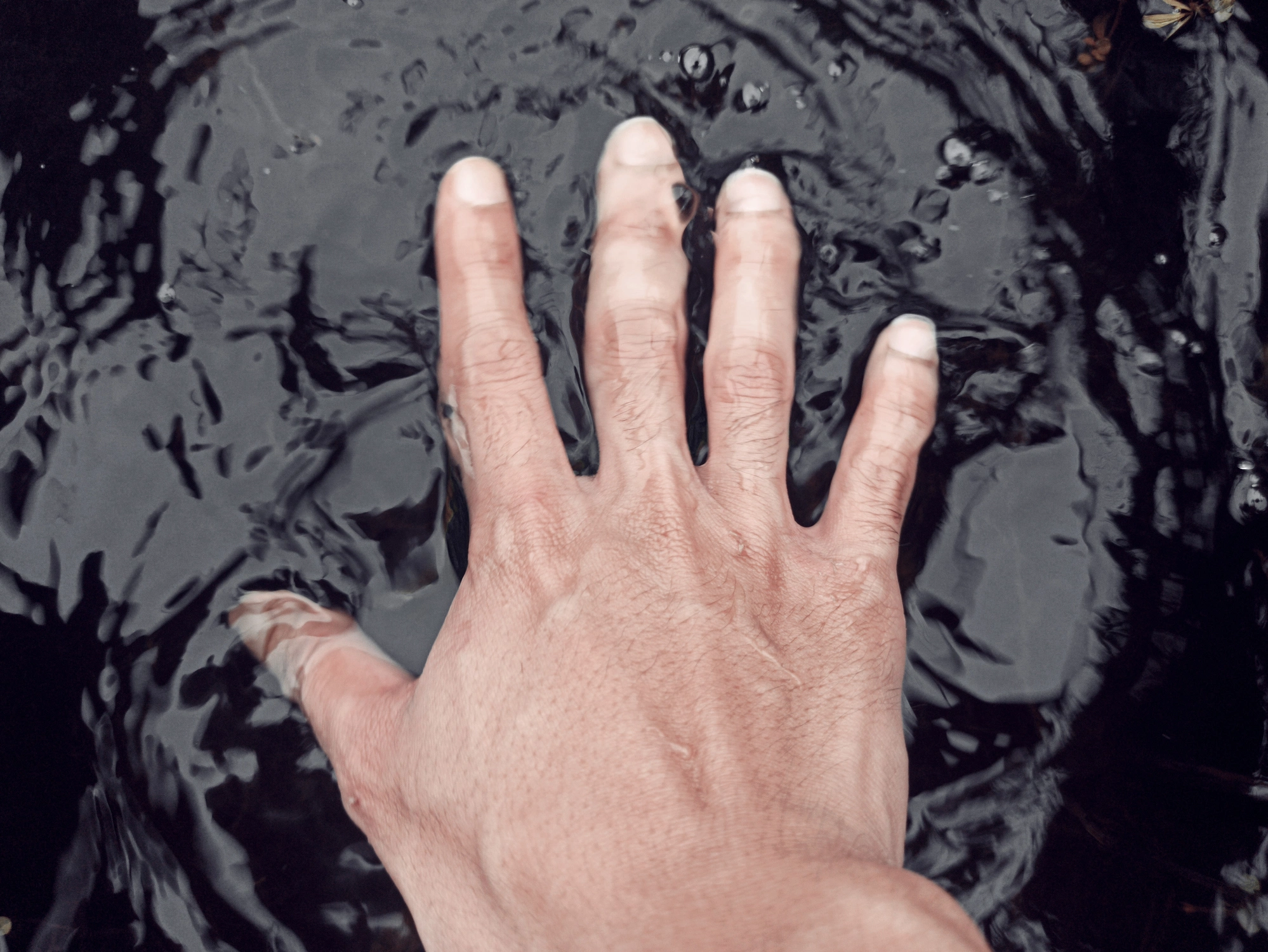Water is one of the most important resources on our planet, playing a vital role to ensure that people, animals and plants can survive and indeed thrive. We are often not aware of the amount of water we are actually consuming, and how much of it is needed to manufacture products we use of a daily basis. That is where the term “virtual water” comes into play.
